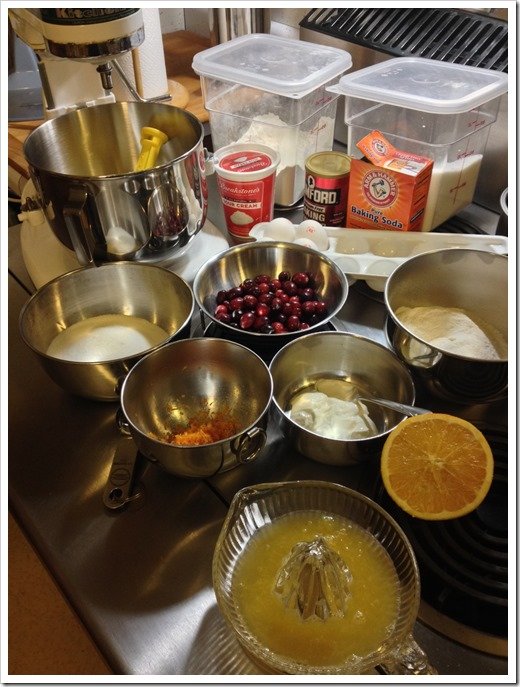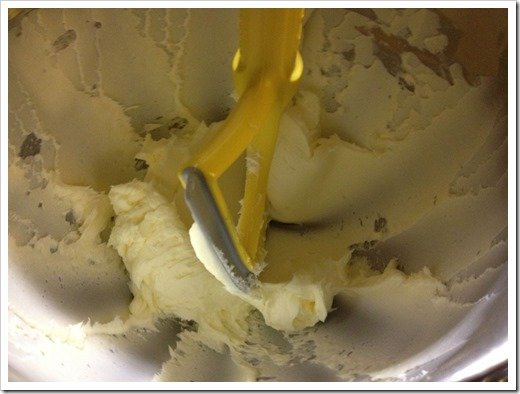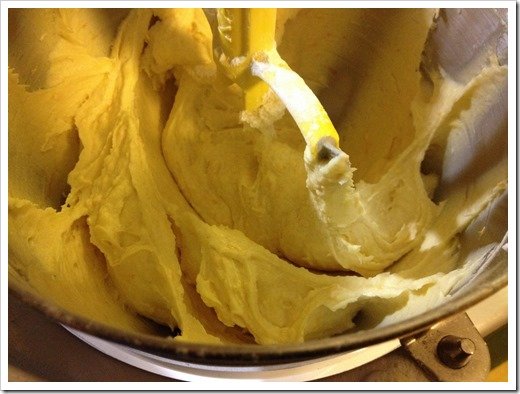
Do your canners take too long to come up to temperature on your electric coil stove? Maybe it’s time for a burner element upgrade!
Post updated May 2019.
If you’ve been spending a lot of time canning on your electric coil stove, you may have noticed a few things about your elements and stove-top and how they perform together:
- Maybe your stove-top is hotter than you think it should be while you are canning
- Maybe the coils of your burner elements are sagging or warped or twisted
- Maybe your stove-top is sagging under the weight of loaded canners
- Maybe your canners seem to be taking forever to reach temperature
The sagging stove-top
I’ll tell you right off the bat that not every stove is designed with large canners in mind – or large pots of any kind. So many of us do not cook at all, much less in the quantities that would require a 22 quart stock pot or a [easyazon-link asin=”B0002808Z2″ locale=”us”]30 quart canner[/easyazon-link]. Manufacturers won’t design their stoves for a big ole [easyazon-link keywords=”water bath canner” locale=”us”]water bath canner[/easyazon-link] if they think we will only use the stove to heat 6 ounces of water for a cup of tea. If your stove-top is sagging under the weight, this article isn’t going to be much help to you, I’m afraid. You’ll need to consider other alternatives. A new stove. Or canning outside on a [easyazon-link asin=”B0006VORDY” locale=”us”]camp stove[/easyazon-link].
Since many stoves aren’t designed for big pots, it follows that neither would be the elements. A manufacturer will frequently put in elements with lower wattages and with brackets only strong enough for that afore-mentioned cup of tea. Those elements are certainly powerful enough and strong enough for “normal sized” cookware, but when you want to bring a large quantity of water to boiling, and keep the element from collapsing, you frequently run into trouble.
The stove-top is too hot
If you’ve noticed your stove-top being much hotter while canning than during your normal cooking, take a look at the height of your existing coil elements. You’ll notice that they are probably no more than 1/2 inch above the surface of your stove-top. A canner or large stock-pot will over-hang your big burner, usually by at least 2 inches all the way around. This will trap heat between the bottom of the canner and the stove-top. That excess heat could damage your stove-top, the drip pan under your burner or even the receptacle that your burner plugs in to.
Burner elements that are designed for canning are usually higher than the standard burner that ships with most typical stoves. The True Canning Burner listed below is right at 3/4 inch above the stove-top, while the [easyazon-link keywords=”Jenn Air” locale=”us”]Jenn-Air[/easyazon-link] Big Pot is closer to a full inch. This extra space allows for much more air flow under the canner and keeps your stove-top noticeably cooler.
If your receptacles are damaged, you will not get full performance out of your elements. When you remove your elements for cleaning, if you notice any burnt places on the prongs that plug in to the receptacle, you definitely need to replace your receptacles and almost certainly need to replace your element.
The coils are sagging
Canners and large stock-pots are much heavier than your “normal sized” cookware, even when they are empty. If you fill a typical 22 quart stock pot with water you will easily approach 50 lbs, and all of that weight is resting directly on your burner element. When the coils get hot and are underneath all that weight, they will sometimes warp or sag or otherwise stretch out of shape.
A typical element will have a tripod type bracket under it. Simply three legs in a Y shape to hold up the coils and support the cookware. Burners designed for canning will usually always have a heavier-duty bracket under them and one that is designed with more support for the coils.
Probably the most common – and it’s possible you already have these – are the “D” brackets. In a D bracket, two of the legs of the standard Y bracket are closed in making a shape that resembles a letter D. Less common is what I call the “triangle” bracket shown on the True burner below. The standard Y bracket is made thicker and heavier and taller and then a brace is placed between each leg of the Y.
I have had both D and triangle bracket elements at various times and both seem to be strong enough to support my canners.
The canners take too long to reach temperature
Manufacturers do not always ship their stoves with the highest wattage burners available. To my knowledge the typical wattages for large electric coil burners are 2150 watts or 2600 watts. (Small burners are 1250 or 1500 watts from my research.) I have found that the extra 450 watts provided by by a 2600 watt burner is noticeable. The extra wattage allows for faster heating. All the burners I’ve listed below are supposed to be rated at 2600 watts.
The burner terminal blocks are falling apart
The last time you cleaned your stove, did you check the blocks that your elements plug in to?
Stoves frequently come with terminal blocks that are made of some high-temperature plastic or bakelite-type material. Even in regular use, time, heat, and grease tends to degrade them. Replacing them with ceramic has worked well for me. The ceramic is better able to tolerate the high temperatures generated by canning.
Recommended burners
Below I have compiled a list of all the canning burners that I could track down at the time of this posting (December 2013 May 2019) complete with as many interchangeable part numbers as I could find.
DISCLAIMER: Check with the manufacturer of your stove to determine if you may safely upgrade your burners and how to do so – don’t just take the advice of some internet blogger whom you randomly discovered via a Google search!
MP26KA Variations
Range Kleen
True
As of 2019, this burner appears to have disappeared from Amazon. I’m leaving these part numbers for posterity – perhaps someone will some day need a cross-reference.
GE
As of 2019, when you search for the WB30K5019, there are odd variations that show up, including 6-inch burners. I am leaving the link and cross-reference numbers below, but be careful!
GE WB30k5019 – D-Bracket – also 336177, 4337683, 80650, 257579, AH243843, EA243843, PS243843, 326786
Jenn-Air “Big Pot”
[easyazon-image align=”left” asin=”B00D8L9UB8″ locale=”us” height=”75″ src=”http://ecx.images-amazon.com/images/I/31U9VB0uJQL._SL75_.jpg” width=”75″][easyazon-link asin=”B00D8L9UB8″ locale=”us”]Jenn-Air Big Pot CE1 – D-Bracket[/easyazon-link] – Whirlpool YA145A also part numbers 703041, A145A, 704463, 712429, 7-3041, 7-4463, 7-12429, Y703041, 1247494, AH2202791, EA2202791, PS2202791, Y704463, Y712429
Replacement Terminal / Receptacle Blocks
The model number [easyazon_link keywords=”12001676″ locale=”US” tag=”cwj-20″]12001676[/easyazon_link] is one that I’ve personally used. (You should consult your stove manufacturer to ensure it is suitable for your application). Please note that I frequently see terminal blocks listed as ceramic that are not. Be careful!
[amazon_auto_links id=”2921″]









